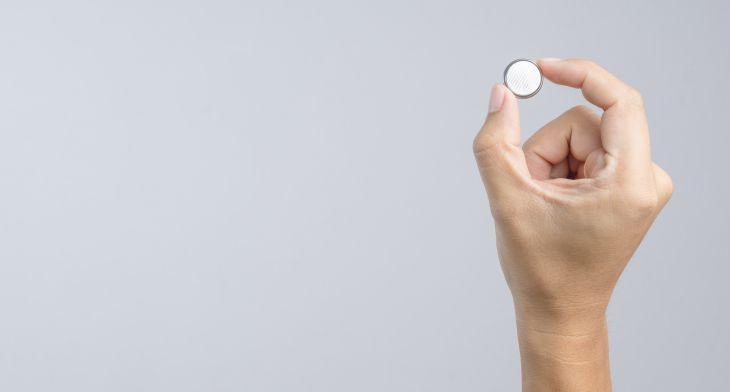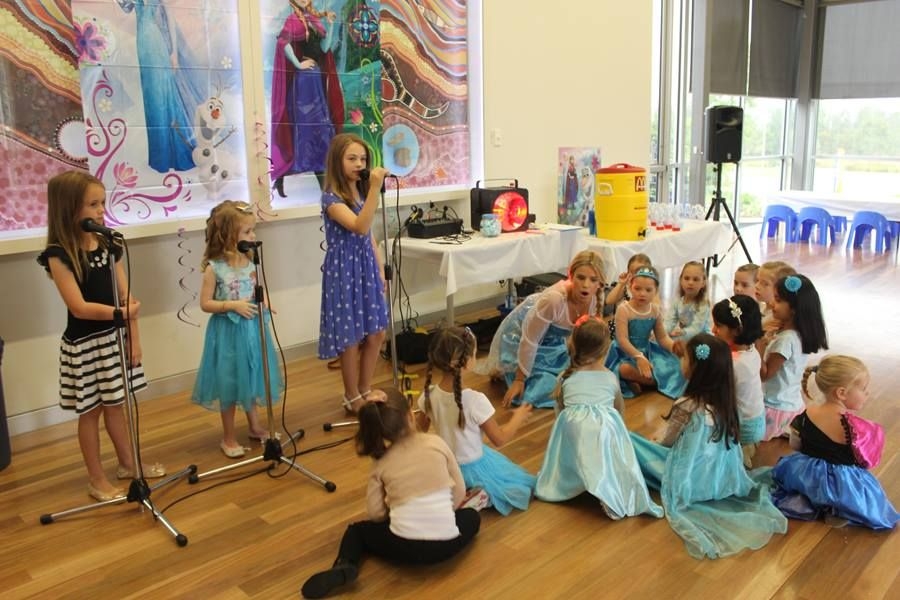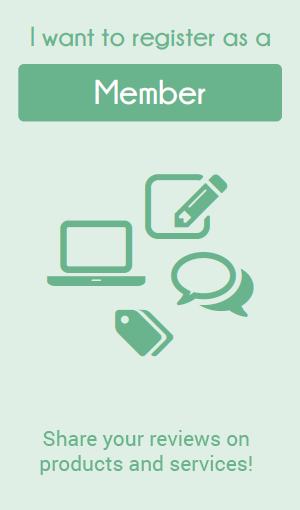Beware of the Dangers of Button Batteries
Watch out for Button Batteries in Kids' Toys and Other Gadgets this Christmas
It’s that time of year - Christmas is only a few weeks away!
For families it’s both an exciting and very busy time especially for parents of young children who have the fun responsibility of organising family plans, getting Christmas decorations hung and making sure “Santa” delivers on all of those present requests.
Not surprisingly, many kids are asking “Santa” for the latest and greatest in battery-operated toys and rightly so because they can be a lot of fun.
But parents of young children need to consider if the electronics they’re buying for Christmas use coin-like, ‘button’ batteries which are a Lithium cell battery.
These tiny batteries pose big health and safety risks to children.
They are small, easy to swallow and found in MANY electronic devices.
Every week, around 20 Australian children go to an emergency department with a ‘button’ battery related injury.
Dr Ryan Harvey from House Call Doctor warns, “Parents need to be careful with digital products they bring into their house, particularly for children under 3”.
“You can find button batteries in devices like watches, remote control car keys, TV remote controls, calculators, torches, and certain toys.”
Young children can find button batteries in unexpected places at Christmas.
Not only can they be in everyday products, they are found in Christmas items such as flashing decorations, flameless candles and greeting cards.
Because children love to fiddle with toys, or find new things to touch around the house, they can easily injure themselves with button batteries.
A study on youngsters swallowing small button batteries also found that 60% were getting them directly from a product, such as a toy or game. Only 30% of children younger than six picked them up because they were loose or left lying around.
In the news earlier this year, the manufacturers of fidget spinners initiated a recall of its LED Fidget Spinner, as it failed to conceal its button battery securely.
The year before, the ACCC announced a recall of the Finding Dory Under the Sea Light Up Treasure chest, due to similar concerns.
CHOICE conducted tests to see how much damage a button battery can do.
As a parent, you need to be aware of the potential hazards:
1. Young children can easily ingest a button battery, or insert it in their ears or nostrils. Children under the age of 5 are at most risk, because they love to put things in their mouths.
2. If ingested, the battery triggers an electrical current when it mixes with saliva, releasing hydroxide and can burn soft tissue. If a button battery is not removed within 2 hours, children can suffer perforation of the oesophagus wall, formation of fistulas, or paralysis in the vocal cord.
3. Symptoms after a child swallows a button battery can be confused for other conditions. Children may only show a fever, lethargy, diarrhoea, coughing, or blood in stools. “If your child is showing any of these systems, seek medical attention or present to hospital”, says Dr Harvey. If there is a delay in an accurate diagnosis and the removal of the batteries, this may lead to long-term physical impairment, chronic health problems or even death.
4. Children may not show any immediate symptoms, and they won’t come forward about it. Young children won’t realise the serious impact of swallowing a button battery, and may be too afraid to tell you for fear of getting in trouble.
5. Button batteries that are ‘flat’ can be dangerous. Flat ‘Button’ batteries can still generate enough current to cause serious tissue damage if ingested.
Parents, don’t feel pressured to remove all electronics in the household.
Your family can still enjoy a fun Christmas with new gadgets by considering these 7 tips to keep your children safe from button batteries.
1. Always read the label on electronic toys to see if they have lithium ‘button’ batteries.
2. Only buy products that:
- Require a screwdriver to open the battery compartment,
- Are secured with a child-resistant locking mechanism, or
- Require two independent and simultaneous movements to access.
3. Like with medication, keep loose batteries out of your child’s reach.
4. If you’re changing a button battery, do it on a surface out of reach of children.
5. If you have a device that uses this type of battery, make sure the battery device on the cover is secure so your child can’t remove it.
6. Don't throw used lithium batteries in the bin. Keep them safely out of reach of children before disposing them via a safe environment disposal system. Ask your local council for the nearest location to dispose your batteries safely.
7. Tell your friends, family and neighbours about the dangers of Button batteries. It could protect a child’s life.
8. If you’re suspicious that your child has swallowed a button battery, or has placed one in his/her nose, seek medical attention immediately. Do not give any food or water, and don’t induce vomiting.
Dr Ryan Harvey is the Deputy Clinical Director at House Call Doctor. Dr Harvey is highly experienced in paediatrics, and has administered medical care to children living in remote overseas communities. He now works with many families, administering acute care when unexpected medical situations arise overnight.
Hannah Wadley, Adoni Media






